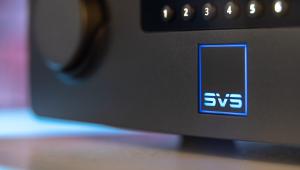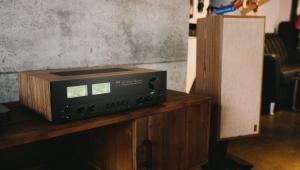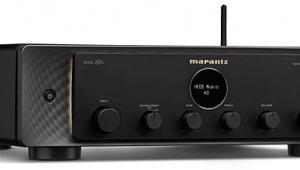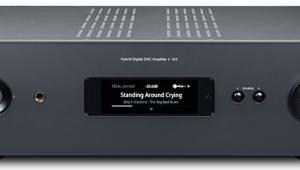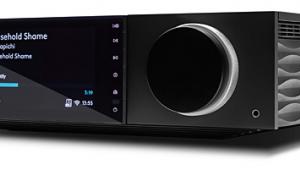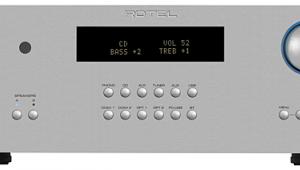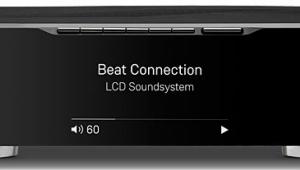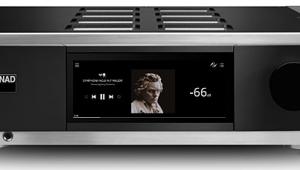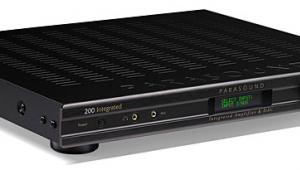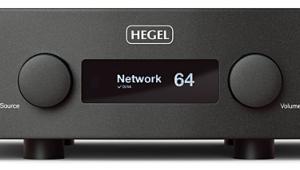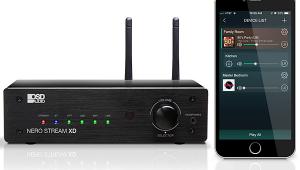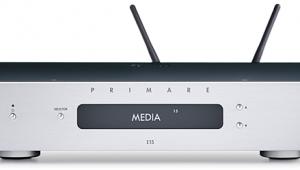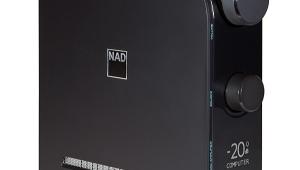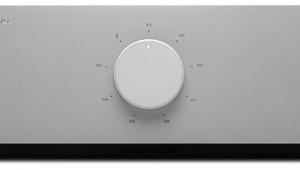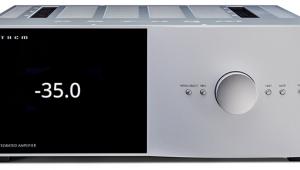Rotel A14MKII Integrated Amplifier Review

AT A GLANCE
Plus
Surprisingly powerful amp
Clean, detailed sound
Great build quality for price
Minus
limited feature set compared to competition
Streaming options limited to Bluetooth wireless and direct computer-to-USB input
THE VERDICT
Rotel’s affordable A14MKII integrated is light on features but heavy on performance. A great option for listeners who want to keep their audio system simple.
Back in fall 2021 Sound & Vision reviewed Rotel's RA-1572MKII integrated amplifier, an upgraded version of the company's popular RA-1572. Well, at Rotel the upgrades keep coming fast and furious: Just a few months later, word dropped that the same treatment was coming to products at more affordable price points, with the company's A12 and A14 integrated amps getting bumped up to MKII status.
What's new with the A14MKII ($1,600), the subject of this review? Basically, the same things that went into the RA-1572MKII: a redesigned digital-to-analog conversion stage featuring a Texas Instruments 32-bit/384kHz DAC, improvements to the toroidal transformer power supply and amplifier gain stages, and MQA support. Otherwise, the A14MKII shares many of the same characteristics of the RA-1572MKII. It's a relatively basic integrated amp with no built-in wired or wireless streaming capability aside from Bluetooth aptX. Also, unlike some other recent integrated amps we've tested, it doesn't offer room EQ processing or an HDMI eARC connection for a TV.
What does the A14MKII have? Its built-in class-A/B amp is spec'd for 2 x 80 watts (8 ohms) and 2 x 150 watts (4 ohms). Connections include dual optical and digital inputs, a USB type-B port for a direct computer hookup, and a front-panel USB type-A port to connect an iPhone or iPad for playback. There are also four stereo analog RCA inputs plus a moving magnet phono connection for a turntable. Various control options are provided, including Ethernet, RS-232-serial, IR, and 12v trigger out.

And that's pretty much it. I'd say that the A14MKII is designed for listeners who mainly depend on traditional sources like CD and vinyl and don't necessarily want to have their hi-fi connected to a home network and controlled by an app. That said, you can stream any music you want to it from a connected computer and the Rotel's Bluetooth feature provides a casual and convenient wireless audio streaming option. The A14MKII is also Roon Tested, and Rotel offers a generous 60-day free trial of Roon music management and library software so you can give it a spin and explore its many features.
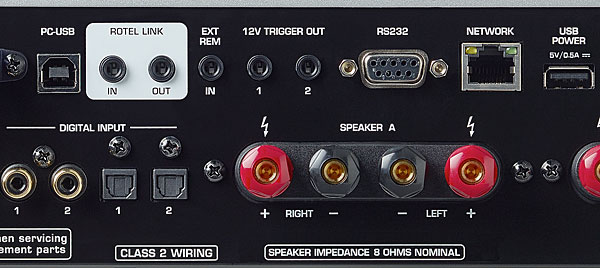
Like other Rotel components, the A14MKII has a sleek, minimalist look, and the build quality is excellent. At just 3.6 inches high, its case is nicely compact and fronted by a solid brushed aluminum panel. Both a USB type-A port and a 3.5mm headphone output are up front, and there's a row of control buttons to select inputs and navigate menus that ends in an aluminum volume knob providing smooth action with variable dB step adjustments down to 0.5dB at higher listening levels for increased precision . Lastly, there's a graphic display used to navigate setup menus that indicates the current input source, bit-depth and sampling rate for incoming digital signals, plus volume level in larger-size text.
The remote control that comes with the A14MKII is plastic and lightweight, and the gray on black labels are a bit difficult to read in dim lighting. Even so, all the control buttons you'd need to do just about anything you'd want are supplied, including ones to directly access sources, and to adjust bass, treble, and balance. There are also buttons to control other Rotel components such as a CD player or tuner.
Setup and Ergonomics
I tested Rotel's integrated amp in my approximately 3,000 cubic foot listening room. After connecting my old-school sources to the A14MKII—an Oppo Universal disc player for CD playback, and a Pro-Ject Debut turntable for vinyl—my next step was to plug in an Ethernet cable to connect it to my home network. This was not to stream audio, but to update the Rotel's software. Once finished, I connected my Plinius Jarrah phono preamp to the A14MKII's Aux 1 input to enable listening comparisons with its built-in phono stage. For a new-school music source, I fetched my laptop computer and fired up Roon to stream albums and playlists from Tidal and Qobuz.
Speakers used for my evaluation were GoldenEar Technology Triton Five towers and Polk Audio Legend L100 bookshelf models. The reason I chose these two was to test out the range of the A14MKII's 80 watt-per-channel amp—with a 90 dB rated sensitivity and 8 Ohm nominal impedance, the Triton Fives are easy to drive, while the Legend L100's 85.5 dB sensitivity and 3-4 ohm impedance present more of a power challenge.

